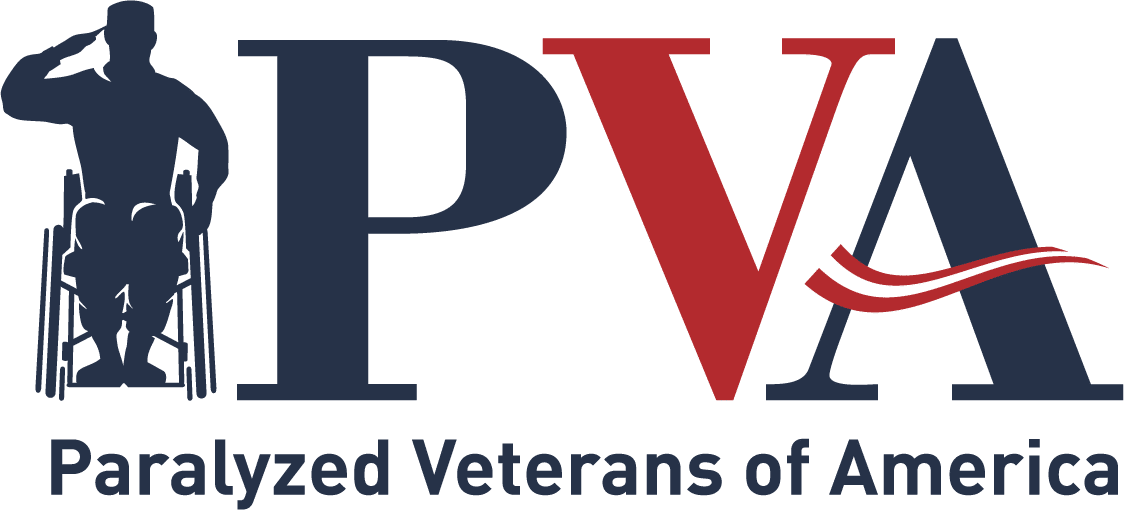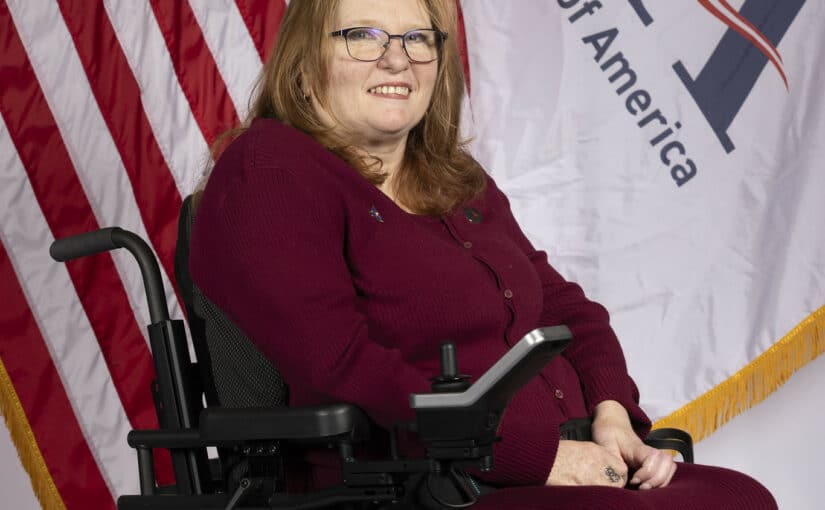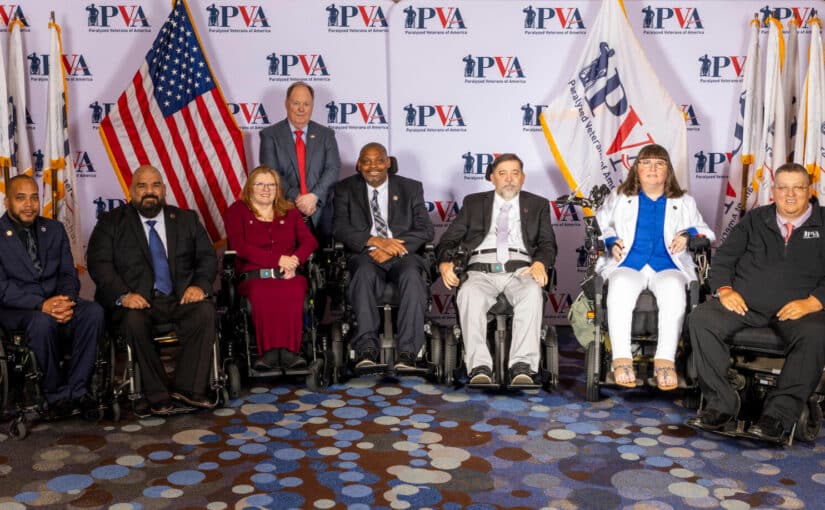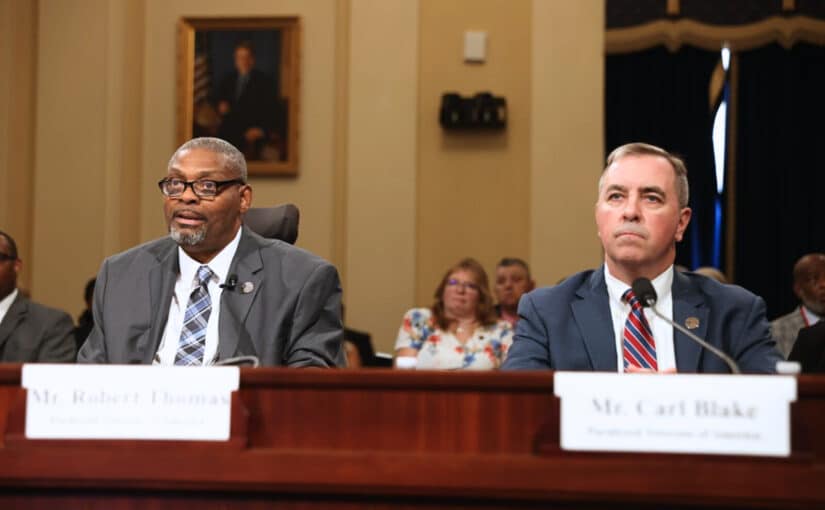Prominent Leaders on Veterans’ Issues Reflect on Years of the Americans with Disabilities Act
Post Date: January 19, 2017Paralyzed Veterans of America National President Al Kovach has never lived a day post-injury without knowing the Americans with Disabilities Act (ADA) – the landmark law that celebrated its 25th anniversary on July 26, 2015.
But that does not mean Kovach has not felt the impact of poor design and limited access, from restaurants to transportation to public services.
In 1998, Kovach pushed his chair from Los Angeles to New York in a triathlon, and it was in the small towns where he realized that the ADA had not yet taken hold. It was difficult – even eight years after the law’s implementation – to find an accessible place to sleep, and now, 25 years later, there is still a long way to go, he said.
“If I were to give America a report card on compliance with the ADA, I wouldn’t give it much higher than a C-,” Kovach says. “There’s so much new construction and so many opportunities to develop universal design, and yet it’s an afterthought. So much effort is put into designing new construction and very little thought is given to the 20 percent of the population with a disability.”
The ADA is a landmark disability law that aims to fight discrimination on the basis of disability, most notably in areas of employment, public services, public accommodations, transportation and telecommunications. The landmark civil rights law was enacted on July 26, 1990.
In an interview with Paralyzed Veterans of America June 2015, Department of Veterans Affairs Secretary Bob McDonald emphasized the importance of accessible design as well as access to employment, public services and transportation to disabled veterans who still have so much to give society post-injury.
“The Veterans who have fought wars and have disabilities may have been the tip of the spear as we were fighting for the Americans with Disabilities Act,” McDonald said.
McDonald pointed to his friendship with Kovach, who has shown the VA secretary firsthand the challenges that still exist in terms of accessible design.
“Al and I have been out to dinner together when the restaurant has had to put a ramp up the steps,” McDonald said. “I don’t think there’s any substitute for being close to your customer; to share that experience with someone else is important.”
Meanwhile, McDonald also stressed the United States’ responsibility as an advocate for disability rights ultimately to set an example for other countries around the world. “I’ve lived in countries where a person who is disabled is hidden away in a closet,” he said. “We have a role to play not just in this country but abroad as well.”
Part of that responsibility, Kovach said, is ratification by the U.S. Senate of the U.N. Convention on the Rights of Persons with Disabilities (CRPD), a treaty modeled after the ADA that would promote and protect the rights of people with disabilities in more than 150 countries around the world. While the treaty is modeled after the ADA, the United States is one of only a few countries that have not ratified it.
Looking forward, Kovach said that while much work remains to make the nation and world accessible to people with disabilities, it’s Paralyzed Veterans of America’s tireless work – from fighting for disability rights to assisting disabled veterans with employment needs to promoting participation in adaptive sports – that ultimately helps to educate the public about the needs and challenges associated with inaccessibility.
“I think all of our wounded warriors are making people more conscious of the need to do more for people with disabilities,” Kovach said. “I don’t think the ADA needs to be changed; it’s more about educating the public, and Paralyzed Veterans of America’s work is a step forward in doing that.”




